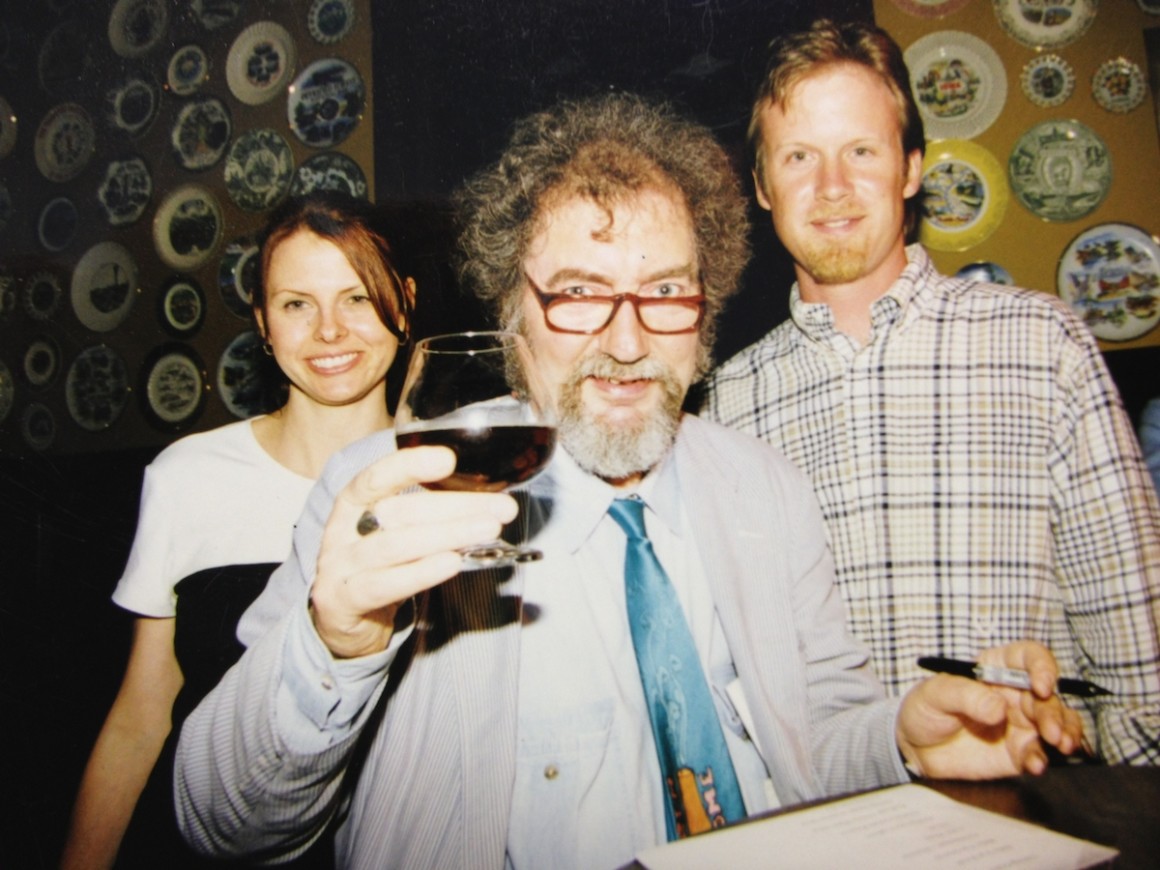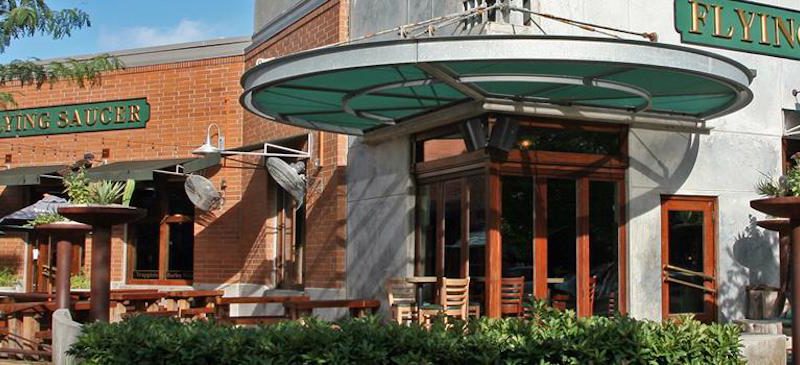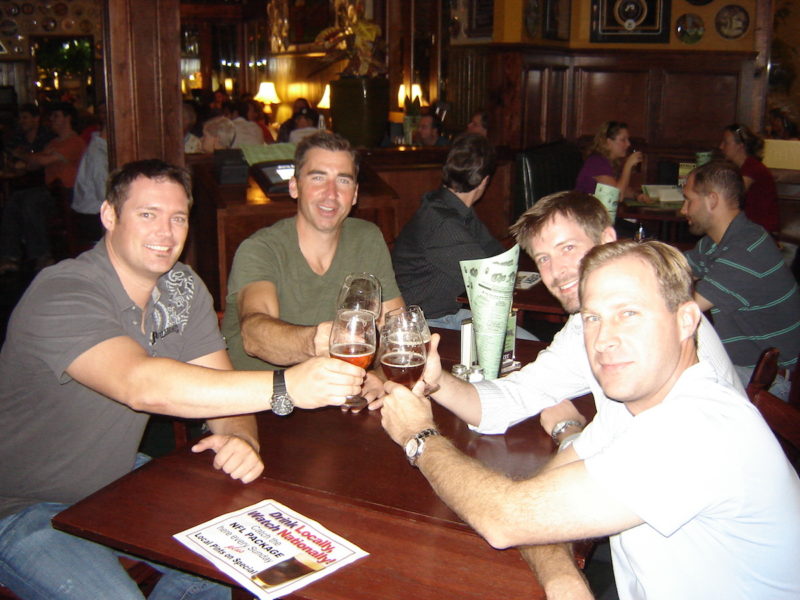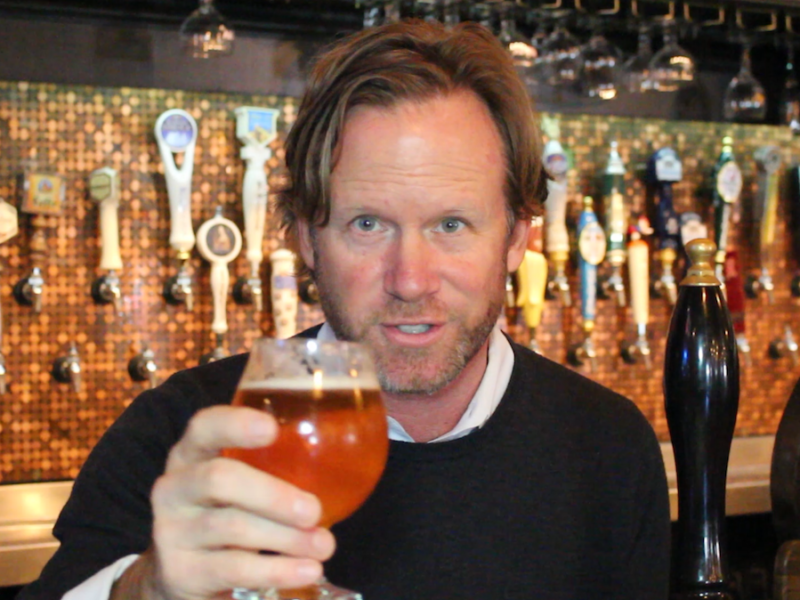As we began this craft beer journey, our best resource was Michael Jackson’s New World Guide to Beer and Beer Companion. The Beer Companion was the book I referenced the most. It was the beer Bible as far as I was concerned. It gave me a good foundation from which to grow my beer knowledge.
In the mid-’90s, we didn’t have the Internet. I know, that notion seems odd, but it’s true. We had dial-up modems and could send letters through something called Prodigy. We had to use books, magazines and brewers to gain our beer knowledge. We kept track of our beers and made notes on paper when we found some interesting ones. We also kept a spreadsheet of tasting notes and used that information for training our staff and ourselves. I’m making myself sound old, but luckily I started VERY young.
The Beer Hunter, Michael Jackson, taught me a lot about beer. A few things that I will always credit him for:
My first lessons on the history of brewing
He notes that the wonderful history of brewing beer dates back more than 6,000 years, and some of the oldest recipes known to man were for making beer. (We’ve since learned that it’s been more than 10,000 years.) He also shares the rich histories of some of the best breweries in the world. He cited the Bavarian brewery of Weihenstephan, “Holy Stephen,” on the grounds of a Benedictine monastery, as being the world’s oldest continuous brewing site in the world. He writes that beer may have been the cause of civilization and that “bread” and “brewed” may have originally been the same word.
Explaining brewing methods and the various ingredients used to make beer
He gives an in-depth look at barley and other grains — why they’re used, how they’re harvested, which ones are best used for various beers. He also describes the malting process in detail and why specific grains are chosen for different beer styles. It was MJ who taught me that color (from the malted barley) was nothing to be afraid of and that it has zero impact on the strength of a beer.
He also explained that the water source for many breweries shaped the styles of beer we know today. Of course, it’s no longer necessary for a brewery to be situated near a natural water source since water can easily be modified to produce any style of beer, but did you know that beer was once considered a healthy beverage because it was safe to drink? This is in contrast to water straight from the source, which could have been contaminated and cause illness. (Side note: I will never embrace fracking. It amazes me that we still allow our water to be contaminated deliberately. Once it’s gone, it’s gone.)
Hops and other spices are detailed in his book. As we know, hops are the spice of beer and help balance the sweetness. MJ describes the plant and its many varieties and how it’s not only used to balance the sweetness of the malts, but to preserve beer as well. At the time of the book release, the “most bitter beer in America” was called Buffalo Bill’s Alimony Ale, claiming 100 IBUs.
And finally, his notes on yeast were very enlightening. He explains the traditional Lambic makers use of atmospheric “wild” yeast and the cool ships they employed to ferment their wort. (I’ve seen these firsthand at Timmerman’s and a few other Belgian breweries. Young’s The Ram Brewery had them, too.) He compares ale yeast to lager yeast and outlines the temperatures they require. He explains how bottle-conditioned beers continue to develop and gain complexity.
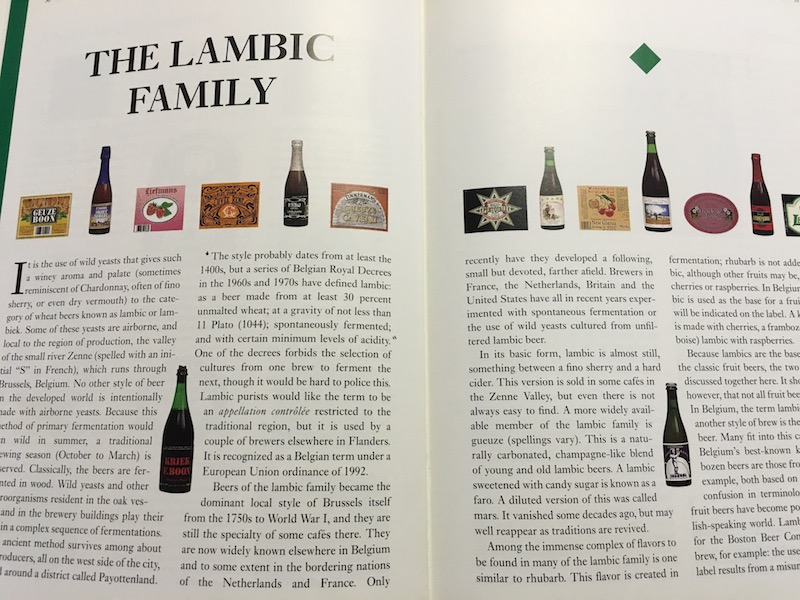
It was he who gave me an appreciation for live ales and encouraged me to attend a CAMRA beer festival in Nottingham. He notes that when brewers change yeast strains, it’s never done casually. MJ made me understand how important of a role yeast plays in beer production. Today, we have yeast farmers such as White Labs to provide any type of yeast one could want, as well as store and protect special yeast strains for brewers.
Traditional styles of beer
Jackson explains the origin of beer styles and the breweries that were responsible for them. He gets in-depth covering Belgian beer styles, including the six Trappists breweries at the time. He explains the evolution of beer styles from pilsner to porters, pale ale to IPA, witbier to Dunkelweizen, Kolsch to Rauchbier. The book is full of photos to help appreciate the rich culture around beer and brewing, and he provides firsthand experiences in many cases. I still use the book when I’m doing research and enjoy the stories behind everything from traditional Lambic production to the American craft beer revolution.
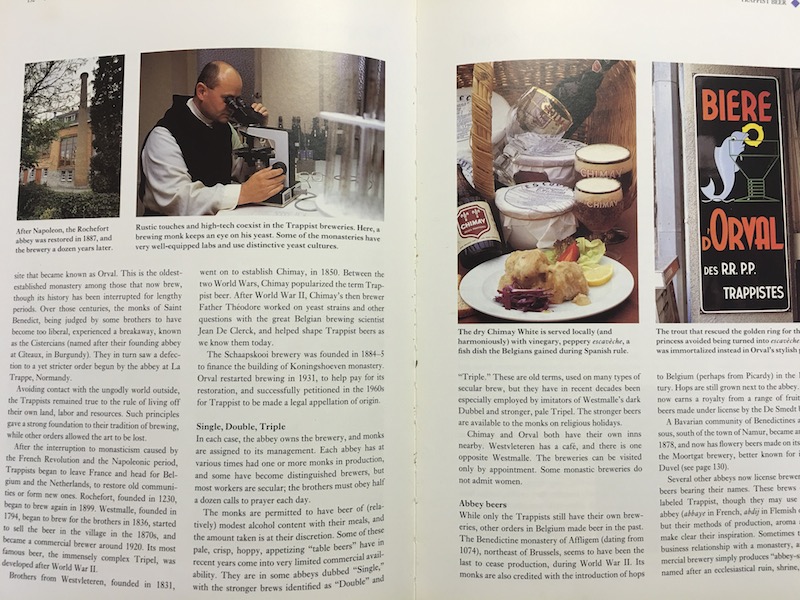
I had the honor of meeting Michael Jackson in 1998 for a series of Flying Saucer beer dinners. We had to make people aware of who he was and explain his contributions to beer culture. Things wouldn’t be the same without him.
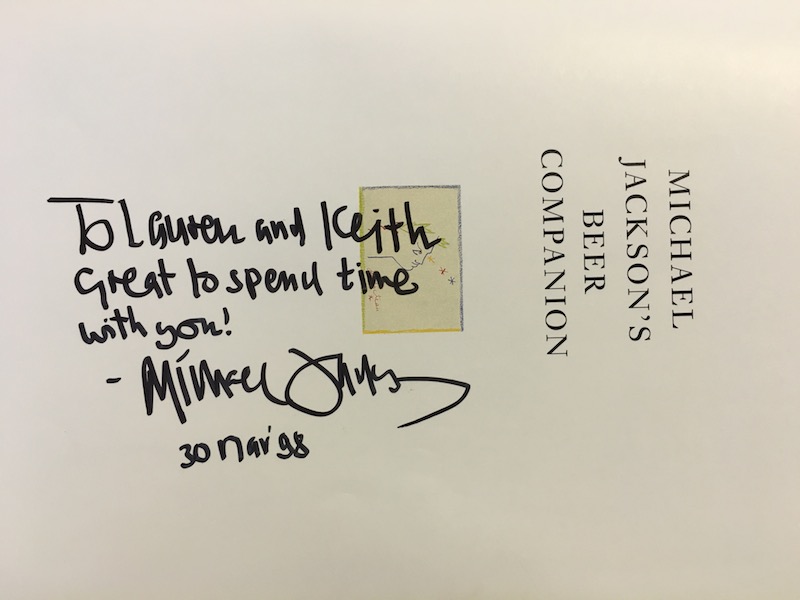
Today, we enjoy writings from a number of fantastic authors who have a vast knowledge of beer and its culture. They’ve taken the torch from Michael and carried it high, but he was a true pioneer. Pick up a copy of New World Guide to Beer and Beer Companion and see what you’ll learn.

